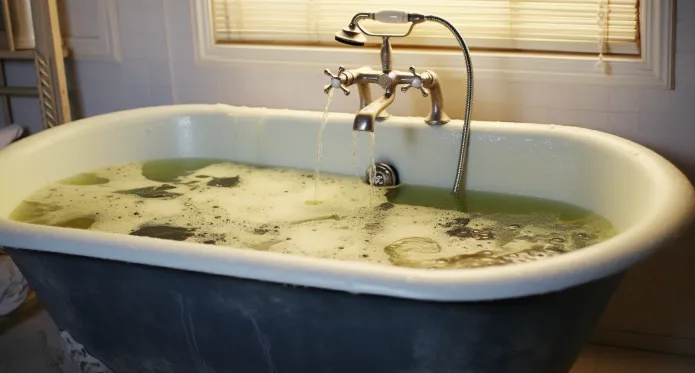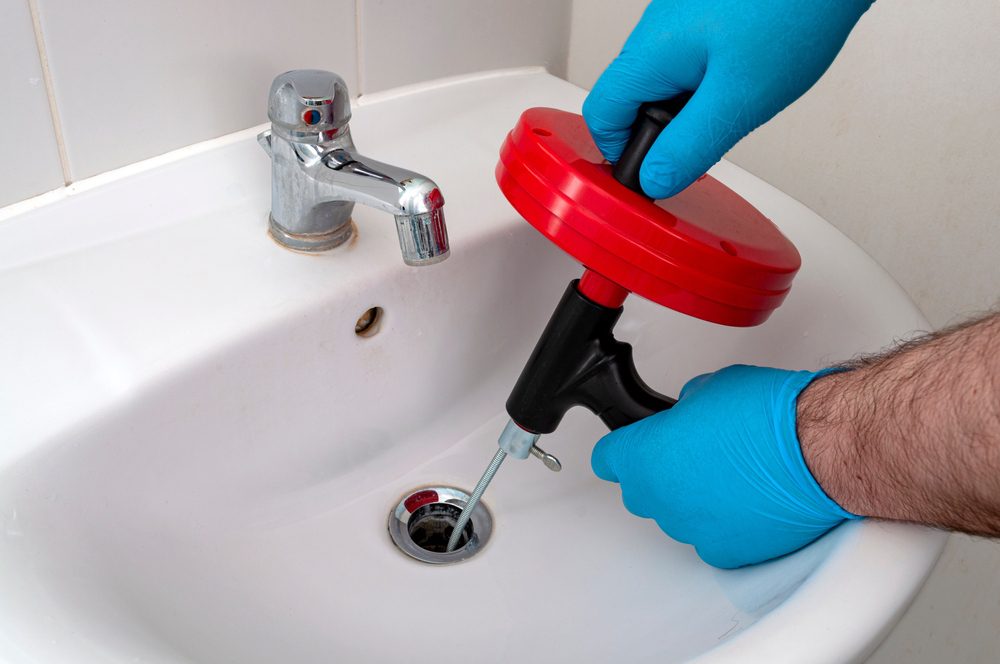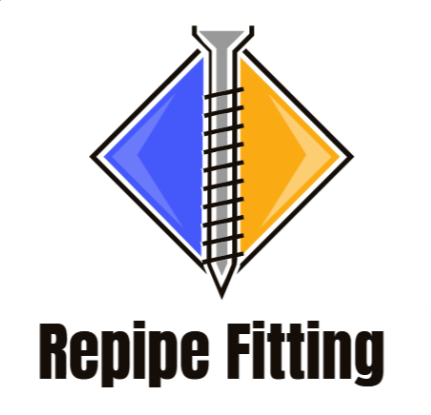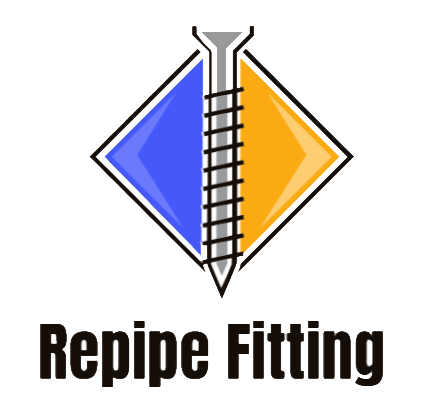Have you ever been startled by the unpleasant surprise of sewage coming up through your bathtub drain? It’s a frustrating and potentially hazardous situation that many homeowners face. But fear not, because, in this article, we’ll delve into the reasons behind this unfortunate occurrence and provide you with valuable information on how to identify and address the issue. By understanding the common signs of a clogged main sewer line and learning effective ways to clear a clogged drain, you can safeguard your home from future backups. So let’s dive right in and take control of this messy situation together!
Reasons You May Have Sewage in Your Bathtub

If you’re experiencing a sewage backup in your bathtub, there are several possible reasons for this unpleasant issue.
Prolonged Blockage in Residential Pipes
One of the primary reasons for sewage backup in your bathtub is a prolonged blockage in your home’s pipes. Over time, hair, soap scum, and other debris can accumulate, leading to a complete blockage. When this happens, sewage has nowhere to go but back up into your home, often appearing in the bathtub.
Severely Damaged Sewer Line Causes Disruptions

A broken or damaged sewer line can be a direct cause of sewage backup. Tree roots, ground movement, or old age can damage these lines, preventing sewage from flowing out to the city lines. As a result, it may find its way into your bathtub.
Unexpected Backflow from Municipal City Lines
Sometimes, the problem isn’t with your home’s plumbing but with the city’s sewage system. If the municipal sewage system experiences a blockage or overflow, it can cause backflow into individual residential lines, leading to sewage appearing in your bathtub.
Incorrect Plumbing Installation Leads to Issues
If your home’s plumbing system was not installed correctly, it could lack the necessary safeguards to prevent sewage backup. For instance, without proper venting or traps, sewage can easily flow back into your home’s fixtures, including the bathtub.
Inefficient Drainage System Causes Water Accumulation
A poorly designed or maintained drainage system can lead to water accumulation around your home’s foundation. This can increase the pressure on your sewage lines, leading to potential breaks or blockages. When this happens, sewage can back up into your bathtub.
Common Signs of a Clogged Main Sewer Line

If you’ve been experiencing a foul odor in your bathroom, gurgling noises coming from the drains, slow drainage, visible waste in the drain, or frequent clogging, it’s possible that you have a clogged main sewer line. These signs indicate that there is a blockage preventing proper flow of wastewater.
Foul odor in the bathroom
A persistent and unpleasant smell in the bathroom is often a clear indication of a clogged main sewer line. When the sewer line is blocked, sewage can’t flow freely and may stagnate, leading to the emission of a foul odor. This smell is not just limited to the bathroom; it can permeate throughout the house, signaling a severe blockage.
Gurgling noises
Hearing unusual gurgling sounds from your drains, toilets, or even washing machines can be a sign of a clogged main sewer line. These noises occur when trapped air in the sewer line is pushed up through the system. It’s a warning that water isn’t flowing smoothly and that there’s a potential blockage.
Slow drainage
One of the most common and noticeable signs is slow drainage in sinks, bathtubs, and showers. While a single slow drain might indicate a localized issue, if multiple fixtures in your home are draining slowly, it’s likely pointing to a problem with the main sewer line.
Visible waste in the drain
If you notice actual sewage or waste material coming up through your drains, it’s a serious indication of a clogged main sewer line. This backup happens when the sewage has no place to go due to a blockage and is forced back up into the home’s plumbing system.
Frequent clogging
If you find yourself repeatedly clearing clogs from your toilets, sinks, or bathtubs, it might not just be a simple blockage. Frequent clogging can be a symptom of a more significant issue with the main sewer line, especially if the clogs occur in multiple fixtures simultaneously.
How to Clear a Clogged Drain

If you’re dealing with a stubborn clogged drain, there are several effective methods to consider. One option is drain snake cleaning, which involves using a flexible tool to break up and remove the blockage. Another method is hydro jetting, where high-pressure water is used to flush out the pipes and clear any debris or buildup. Additionally, pipe relining can be used to repair damaged pipes from the inside, while sewer line replacement may be necessary for severe cases of blockage or damage. Enzymatic drain cleaners are also available as a less invasive option for clearing minor clogs.
Drain snake cleaning
Using a drain snake is an effective method for breaking up blockages in the shower drain and toilet. It is a safe and DIY-friendly option that can save you money on professional cleaning services. Some common causes of drain blockages include hair, soap particles, and non-flushable items. To prevent future clogs, avoid pouring cooking oils or food waste down the drains and regularly clean out any debris from the drain screens.
Hydro jetting

If you’ve tried drain snake cleaning but still have sewage coming up through your bathtub drain, it may be time to consider hydro jetting. Hydro jetting is a highly effective method for clearing stubborn blockages in your sewer line. Unlike a drain snake, which only breaks up the clog, hydro jetting uses high-pressure water to completely remove debris and buildup from the pipe walls. This thorough cleaning process ensures long-lasting results and prevents future backups. While hydro jetting may be more expensive than using a drain snake, the benefits of its effectiveness and prevention outweigh the cost. However, it’s important to take safety precautions when using hydro jetting equipment as the high-pressure water can cause injuries if not handled properly. It’s recommended to hire a professional plumber who has experience with hydro jetting to ensure safe and efficient operation.
Keywords: hydro jetting benefits, hydro jetting process, hydro jetting vs drain snake, hydro jetting safety precautions, hydro jetting cost comparison
Pipe relining
Pipe relining is a cost-effective and efficient method for repairing damaged sewer pipes. It offers several benefits in preventing sewage backups and ensuring the safety of your plumbing system.
Here are some key points to consider:
- Sewage backup prevention: Pipe relining reinforces the structural integrity of sewer pipes, reducing the risk of blockages and backups.
- Benefits of pipe relining: This technique eliminates the need for costly excavation and pipe replacement, saving you time and money.
- Importance of professional plumbing inspection: Before opting for pipe relining, it’s crucial to have a professional plumber inspect your sewer lines to assess their condition accurately.
- The role of backwater valves in preventing backups: Installing backwater valves can further safeguard your home against sewage backups by preventing wastewater from flowing back into your property.
Sewer line replacement

Now that you understand the importance of pipe relining, let’s discuss sewer line replacement. Maintaining your sewer line is crucial for preventing sewage backup and costly damages. Signs of a damaged sewer line include slow draining water, gurgling sounds, frequent clogs, and wastewater coming up other drains during laundry or flushing. Hiring a professional for sewer line replacement offers benefits such as preventing permanent damage, thorough removal of blockages, and avoiding DIY fixes that may lead to future issues. Regular drain cleaning is also important in maintaining a healthy plumbing system.
Enzymatic drain cleaners
Enzymatic drain cleaners are a popular option for removing blockages and maintaining clear drains. Here are some key points to consider when using enzymatic drain cleaners:
- Effectiveness: Enzymatic drain cleaners can effectively break down organic matter, such as hair and food particles, that cause blockages in drains.
- Natural Alternatives: If you prefer natural alternatives, enzymatic drain cleaners are often made with biodegradable ingredients that are safer for the environment.
- Pros and Cons: The pros of enzymatic drain cleaners include their effectiveness, eco-friendly nature, and safe use. However, they may not be as effective on severe clogs or non-organic materials.
- Enzymatic vs Chemical Drain Cleaners: Enzymatic drain cleaners work by using enzymes to break down organic matter, while chemical drain cleaners use strong chemicals to dissolve blockages.
When choosing an enzymatic drain cleaner, consider factors such as the severity of the clog, the type of material causing the blockage, and any specific environmental concerns you may have. Always follow the instructions provided by the manufacturer for safe and effective use.
Prevention to avoid future Backups
When it comes to preventing future sewage backups in your bathtub, there are several key points to consider.
Regular drain cleaning
Regular drain cleaning is an important step in preventing sewage backup and maintaining a healthy plumbing system. To ensure the safety of your home, consider these factors: 1) Regular drain cleaning by professionals reduces the risk of blockages. 2) Professional services offer benefits like thorough removal of clogs and access to specialized tools. 3) DIY drain maintenance can be ineffective and lead to costly issues in the future. 4) Regular plumbing inspections are crucial for identifying common causes of drain blockage and preventing further damage.
Installing backwater valves
Installing backwater valves is a crucial step in preventing sewage backup and protecting your home’s plumbing system. These valves provide numerous benefits, including preventing wastewater from flowing back into your bathtub drain. The installation process involves cutting into the main sewer line and attaching the valve to ensure one-way flow. Regular maintenance is essential to keep the valve functioning properly. The cost of installing a backwater valve can vary depending on factors such as location and complexity. It’s important to check local regulations before installing a backwater valve to ensure compliance.
Proper disposal of waste
To properly dispose of waste, make sure to avoid flushing items that are not meant to be flushed, such as paper towels or feminine hygiene products. Proper waste management is crucial for the environment and your safety. Here are 4 key strategies to reduce waste and minimize its impact:
- Recycling: Separate recyclable materials like plastic, glass, and paper from general waste.
- Composting: Turn organic waste into nutrient-rich compost for gardens.
- Reusing: Find creative ways to repurpose items instead of throwing them away.
- Landfill Alternatives: Support initiatives that explore alternatives to traditional landfills.
Avoiding flushing foreign objects
One way to prevent blockages in your plumbing system is by not flushing foreign objects down the toilet or drains. Avoiding this will help maintain the integrity of your pipes and prevent clogs from forming. It is important to use proper flushing techniques and only dispose of waste that is meant to be flushed. If you encounter a blockage, it is crucial to seek professional help to ensure that the issue is resolved safely and effectively.
Professional plumbing inspection
If you suspect a plumbing issue, scheduling a professional inspection is the best course of action. Here are four reasons why a plumbing inspection can benefit you:
- Preventing sewer line backups: A professional inspection can identify any potential issues with your sewer line and address them before they lead to backups and damage.
- Importance of regular maintenance: Regular inspections can catch small problems early on, preventing them from becoming major and costly repairs in the future.
- Signs of a damaged sewer line: A professional plumber can identify signs such as slow draining water, gurgling sounds, frequent clogs, and wastewater coming up from other drains that indicate a damaged sewer line.
- Professional vs. DIY drain cleaning: While DIY methods may provide temporary relief, professional plumbers have the expertise and tools to thoroughly remove blockages and ensure long-term solutions.
Conclusion
In conclusion, if you ever find yourself in the unfortunate situation of sewage coming up through your bathtub drain, it’s crucial to act quickly and call a professional plumber immediately! This revolting issue can be caused by several factors such as a clogged sewer line or collapsed pipes. But fear not, for these experts will swiftly identify the root cause and provide effective solutions that will make your bathroom look and smell fresh again. Remember, prevention is key, so schedule regular maintenance to avoid future backups and ensure smooth drainage like never before!

